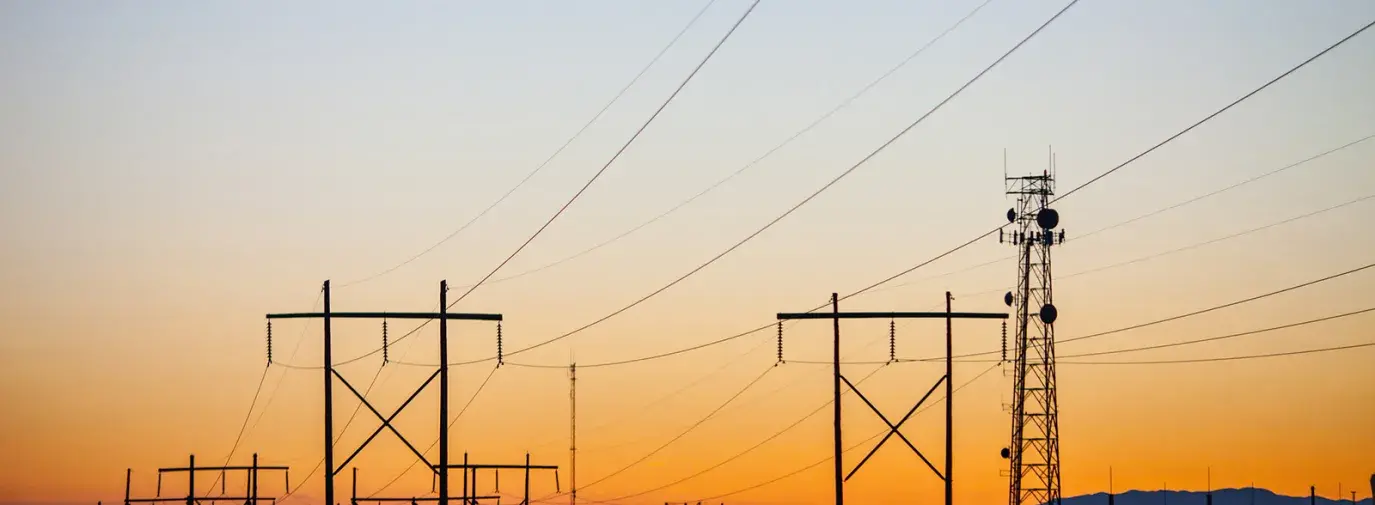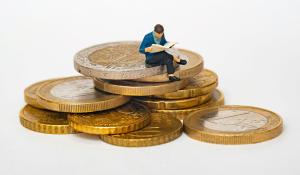
To curb the climate crisis, increase national security, and avoid economic disaster as peak oil looms, it's time to accelerate energy efficiency.
Back in 1977, then-President Jimmy Carter gave a speech to the American public in which he laid out a brave, ahead-of-its time energy policy. He exhorted Americans to deeply conserve their use of gas and oil—to drive less, carpool, and retrofit their homes to be more efficient, while his administration worked to ramp up renewable energy sources and create a platform for sustainable energy consumption moving forward.
“We must not be selfish or timid if we hope to have a decent world for our children and grandchildren,” he said. “We simply must balance our demand for energy with our rapidly shrinking resources. By acting now, we can control our future instead of letting the future control us.”
The 1973 OPEC (Organization of Petroleum Exporting Countries) embargo against the United States was over, and the long lines and painful shortages at local gas stations had come to an end. But even though things looked better in the short term, Carter knew that the country had to look toward the future.
The world is running out of oil, he told the nation in 1977. In fact, the US had already achieved its domestic “peak oil” threshold and was on the downward end of its supply. Ever-increasing dependence on foreign oil left the US vulnerable to more oil embargoes and other threats to national security, he said. And he foreshadowed disasters such as the recent BP oil spill, noting that the thirst for more and more oil would result in large-scale environmental degradation.
We have the technology to avert all of those problems, Carter told the nation: renewable energy and energy efficiency.
Carter didn’t get everything right—he also called for increasing coal production to displace oil. But the majority of his energy strategy was visionary.
Sadly, before his plan could really take root, he lost his bid for re-election. Our nation never took action, and subsequent administrations reversed or failed to reinstate Carter’s energy policies. Of particular note is the Tax Reform Act of 1986, which killed Carter’s tax credits for development of new renewable technologies. Experts say this one reversal caused the US to fall from its status as a world leader in renewables in the ’70s and early ’80s to the bottom of the pack, where it has remained to this day.
![Carter550w[1][1]](/sites/default/files/inline-images/Carter550w%5B1%5D%5B1%5D.jpg)
President Jimmy Carter delivers his now-famous energy address at a joint session of Congress in April 1977. (Photo credit: Getty Images/Sahm Doherty)
Today, scientists warn that we’re approaching peak oil worldwide—a 2010 University of Oxford study warns that world demand for oil will outpace supply by 2015. Drilling and mining disasters like this year’s BP oil spill and the West Virginia coal mine collapse have become all-too-regular occurrences. National security experts still warn that our dependence on foreign oil has left us vulnerable to terrorist acts. And atmospheric carbon levels, an important indicator of global warming, reached 386 parts per million (ppm) as of last year and are steadily climbing. The Intergovernmental Panel on Climate Change says that once the world reaches the 450 ppm threshold—which it is on target to hit by 2050—we will likely have reached the point where climate change is irreversible.
What might have happened had the US embraced the green-energy future back in 1977? Would global warming now be a minor threat instead of a major one? Would we have gone through the tragedy of September 11th, and the subsequent wars in Iraq and Afghanistan? Would we live in a cleaner, safer world, with green technologies at the forefront?
It’s impossible to know for sure, but if the US had remained committed to efficiency and renewables after Carter left office, things might be very different today.
Energy Efficiency: Time to Do It Ourselves
While politicians are in gridlock on climate legislation, we cannot afford to have another 30 years go by without action. We don’t have to sit by and do nothing while debates rage on and the laws needed to have an impact fail to materialize. Like Dorothy in The Wizard of Oz, we’ve always had a large part of the solution within reach: energy efficiency.
Buildings, including homes, consume 70 percent of all electricity used in the US—and they also use up large amounts of fuel oil for heating and other uses, states the National Resources Defense Council in its 2010 report, Reducing the Need for US Drilling Through Energy Efficiency. If the US halved the energy use of just the buildings that use oil for heat, it would save as much oil as 170 BP Deepwater Horizon spills, states the report.
Advancing energy efficiency is the closest thing we have to a magic bullet to help combat the climate crisis, reduce our need for oil and coal, and make our planet healthier. We already have the technology to trim world energy use by 50-70 percent and phase out oil by 2050, says Rocky Mountain Institute scientist Amory Lovins. Now we just need the public will, something Carter lacked.
Get Started Today
Green America’s simple, doable proposition: Let’s each cut our energy use by 50 percent in the next five years—just ten percent per year. Sound ambitious? The city of Juneau, AK, nearly reached that threshold in just four weeks.
When an avalanche knocked out the hydroelectric power system that provided relatively cheap energy to Juneau in 2008, the city was ready. The electric utility switched over to a backup diesel system—which kept the lights on in the state’s capital, but also sent energy prices skyrocketing to five times their normal rate.
With the city in crisis, the US Department of Energy sent Berkeley Lab scientist Alan Meier, author of How to Save Energy in a Hurry, to Juneau to recommend how its citizens could ... save energy in a hurry.
Meier did a quick audit of several businesses and low-income housing units in the city. His recommendations turned out to be rather simple, including things like turning off appliances when not in use, turning down thermostats, installing compact fluorescent light bulbs, and conserving water. The city launched a public education campaign to get all of Juneau, including tourists, on board the conservation train.
Within a month, the entire city had cut its energy use by 40 percent, demonstrating how a community-wide commitment to simple changes of habit can make a big difference.
While 89 percent of Americans feel that making their home energy efficient is important, less than one-third believe their own homes are actually efficient, according to a nationwide poll conducted on behalf of the nonprofit RESNET. The energy savings are there for the taking—consider this your invitation to ramp up your efficiency efforts today.
As Jimmy Carter said in a 1979 speech, “We often think of conservation only in terms of sacrifice. In fact, it is the most painless and immediate way of rebuilding our nation’s strength.”
Find previous energy-saving articles from Green America's publications »







